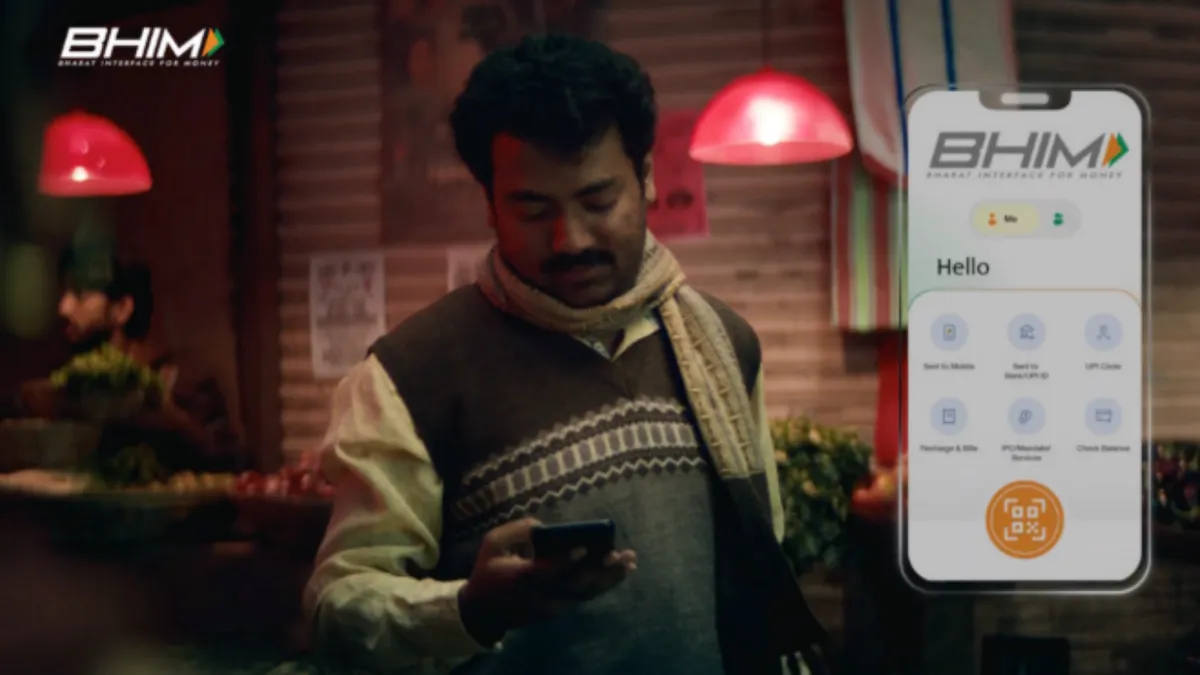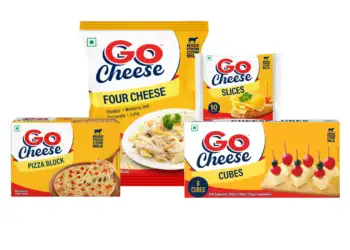From Street Corners to QSR Stardom
Walk through any Indian city and you’ll likely come across a bustling Chinese food stall, sending plumes of garlicky steam into the air and dishing out hot plates of Hakka noodles or Manchurian gravy. It’s fast, it’s fiery, and it’s deeply Indian in its flavour — a hybrid cuisine that India didn’t borrow but made its own.
But while Desi Chinese cuisine has always been popular, it lacked the structure, scalability, and hygiene standards associated with quick-service restaurant (QSR) chains. Until now.
Enter Chinese Wok, the rebranded avatar of Wok Express, under Lenexis Foodworks, founded by Aayush Madhusan Agrawal in 2015. Chinese Wok isn’t just selling noodles and fried rice — it’s offering a standardised, quality-assured, quick-service version of a cuisine India has adored for decades.
Cricket Season, Bowls of Joy: The Rs 99 Superrr Bowl Launch
In April 2025, Chinese Wok unveiled its Rs 99 Superrr Bowl — a new, value-driven product aimed at IPL watchers, students, professionals, and budget-savvy foodies. The Superrr Bowl features portion-sized, flavour-packed meals served in portable, convenient packaging — an ideal pairing with the high-energy, high-passion mood of IPL season.
According to Agrawal, the timing of the product and campaign was no coincidence. “IPL is when emotions are high, families and friends gather, and ordering food becomes a part of the celebration. We wanted to offer a product that was exciting, affordable, and share-worthy.”
Early traction confirms their instinct was right. Customers have been buying multiple bowls in a single order, often mixing and matching flavours. Repeat purchases are already trending upward, and the campaign has sparked interest in other menu items as well.
High Stakes, High Returns: 70% of Q1 Marketing Budget on IPL
Chinese Wok is placing a huge bet on the IPL’s unparalleled cultural reach. The company has allocated nearly 60–70% of its Q1 marketing spend to this single campaign, highlighting the confidence it has in both the product and its alignment with cricket-season consumer behavior.
This spend spans video commercials, influencer promotions, social media engagement, AR-led experiences, and IPL-themed packaging, all with the goal of boosting both footfall and food delivery during prime match hours.
Target Audience: From Teens to Young Families
Chinese Wok is targeting a diverse but digitally native consumer base aged 13 to 40. This includes school and college students, first-jobbers, couples, and nuclear families. The common thread? All are aspirational, mobile-first, value-conscious, and hungry for both experience and flavor.
The Rs 99 pricing was no accident. In a market where many QSRs hover at the ₹200–₹300 per item range, Chinese Wok is aiming to democratize good-quality Desi Chinese — making it more accessible without compromising on hygiene or brand value.
Going All-In on Digital: Platforms, Influencers & AR Integration
The brand’s marketing is overwhelmingly digital-first. Platforms like YouTube, Instagram, Google Ads, Meta, and JioCinema (via Hotstar) form the bulk of the campaign’s media mix — with targeted regional content helping engage specific audiences during live matches.
Chinese Wok has also tapped into the power of influencers — partnering with 150+ micro-influencers across top cities and onboarding 50+ food bloggers to explore their newly introduced AR dining experience. This includes QR-code-triggered videos that show a virtual chef preparing your meal, directly from your table.
“People today want to see the behind-the-scenes. Hygiene, preparation, ingredients — transparency builds trust,” says Agrawal.
Category A influencers (3 to 5) are also creating IPL-linked content, creating natural associations between cricket, food, and celebration. The campaign seeks not just impressions, but relatable moments that feel timely and local.
Unexpected Win: Organic Advocacy and UGC Growth
An interesting byproduct of this campaign is the surge in organic content — particularly in Bangalore, Chennai, and Hyderabad, where customers are voluntarily sharing reviews, Instagram stories, and even food reels without any monetary collaboration.
Chinese Wok is keeping a close eye on this user-generated content (UGC), seeing it as proof that their food, packaging, and brand experience are hitting the mark without being overly engineered.
Limited Outdoor, High-Impact Rollouts
Though digital dominates, Chinese Wok uses out-of-home (OOH) advertising selectively — particularly during store launches in new cities. Billboards, transit posters, and mall activations are designed to provide that final nudge to walk-in customers.
The Growth Story: From 30 to 230+ Stores
Before COVID-19, the brand had just 30 stores. Fast forward to 2025, and it boasts over 230 outlets across 35 Indian cities — with ambitious plans to scale up to 500 outlets by 2027.
The post-pandemic years were instrumental. Leveraging delivery models, central kitchens, and a simplified operations setup, Chinese Wok expanded in both metro cities and emerging markets.
Currently, major presences include Mumbai, Bangalore, Hyderabad, Delhi NCR, Chennai, Pune, and Ahmedabad. The next wave will target Tier 2 and Tier 3 cities like Raipur, Bhopal, Dehradun, Coimbatore, and Bhubaneswar, where demand is rising and competition remains relatively fragmented.
Revenue Vision: Rs 1,000 Crore by FY26
With a carefully crafted expansion plan and a keen understanding of India’s eating habits, Chinese Wok is aiming to hit a Rs 1,000 crore annual run rate by FY26.
A key enabler of this growth will be the brand’s hybrid model — balancing delivery, dine-in, and cloud kitchen formats, all tailored to local real estate and consumer behavior.
Changing Dining Behavior: Delivery vs Dine-In
Right now, delivery makes up 75% of Chinese Wok’s revenue. That’s no surprise, given India’s boom in app-based ordering. But dine-in is making a comeback, especially among Gen Z and families wanting to enjoy cricket matches or weekend meals together.
The brand is aiming for a 65:35 split (delivery:dine-in) over the next few quarters, backed by a push for ambience, hygiene, group deals, and interactive experiences.
Food Meets Entertainment: Film & OTT Collaborations
Looking beyond cricket, Chinese Wok is tapping into India’s other obsession — cinema. The brand has forged partnerships with major entertainment properties like:
Bhool Bhulaiyaa 3
Baby John
RVCJ’s Wrong Number Reboot
These tie-ins will feature co-branded menus, exclusive packaging, and cross-platform influencer content, all designed to keep Chinese Wok culturally relevant even after IPL ends.
A Long-Term Play: More Than a Moment
Agrawal is clear — this isn’t a flash-in-the-pan strategy. “We’re building a brand that stays relevant, not just seasonal. Whether it’s cricket, films, or festive campaigns, we want Chinese Wok to be where the conversations — and cravings — are.”
Conclusion: Redefining Desi Chinese at Scale
By combining pop culture savvy, tech-led innovation, smart pricing, and a deep understanding of the Indian palate, Chinese Wok is carving a unique niche in a highly competitive space.
It’s no longer just about fried rice and noodles. It’s about creating a national QSR brand that feels local, delivers consistently, and remains part of India’s evolving food narrative.
From an IPL-themed Superrr Bowl to its vision of 500 outlets and ₹1,000 crore in revenue, Chinese Wok isn’t just chasing scale — it’s serving it, one spicy bowl at a time.
Video:
Author: Kashish Ghosh










